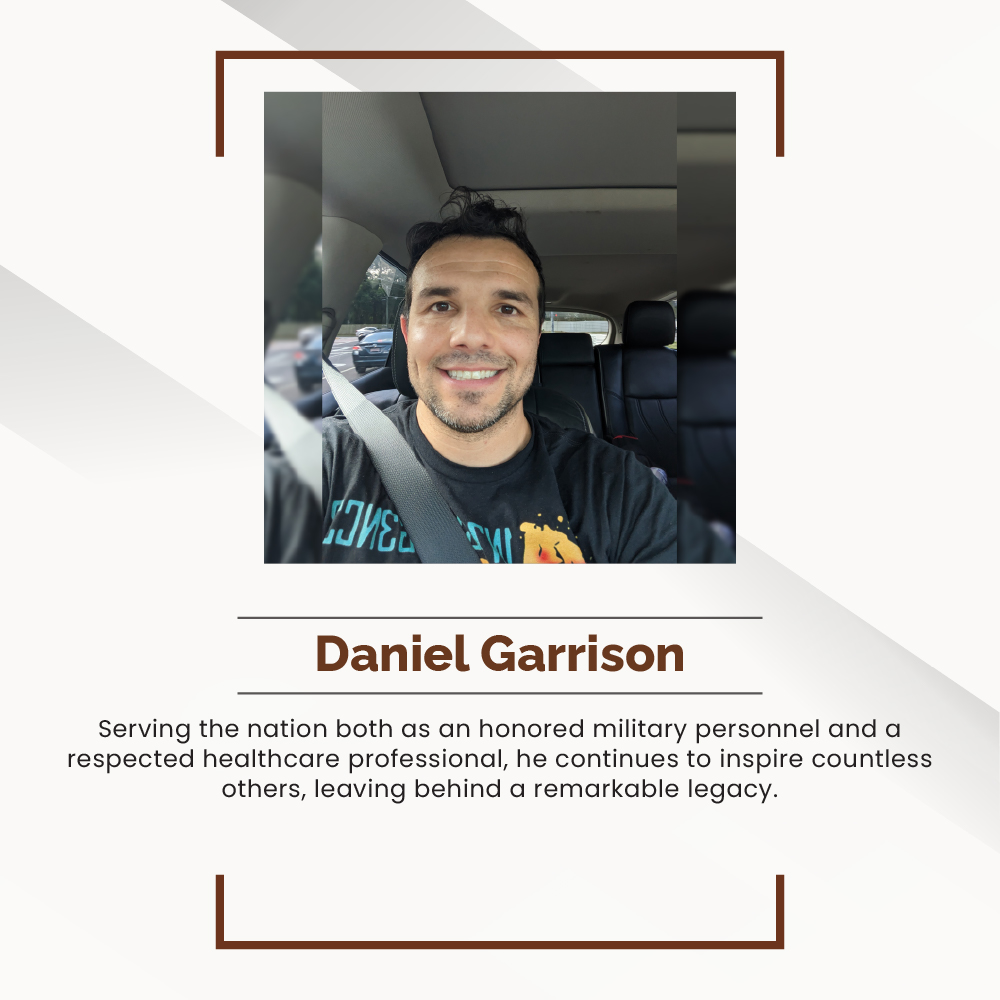
Strong doctor-patient relationships cannot be overstated in the dynamic world of healthcare. These relationships are foundational to delivering effective and compassionate care. Central to this relationship is active listening and collaboration, which foster trust, understanding, and better health outcomes. This article explores the significance of these elements and offers practical insights into enhancing doctor-patient interactions.
The Role of Active Listening
Active listening is more than just hearing words; it involves fully understanding and responding to patients’ concerns. When practicing active listening, doctors demonstrate empathy and respect, making patients feel valued and understood. This practice can significantly improve patient satisfaction and trust, which is critical for effective healthcare delivery.
One key aspect of active listening is maintaining eye contact and using non-verbal cues to show engagement. For instance, nodding and leaning slightly forward can convey interest and understanding. Additionally, summarizing and repeating what the patient has said ensures clarity and shows that the doctor truly listens.
Benefits of Active Listening
Active listening has numerous benefits for both patients and doctors. For patients, it enhances their overall experience and satisfaction with the care they receive. Patients who feel heard are more likely to adhere to medical advice and treatment plans, leading to better health outcomes. Furthermore, active listening can help uncover underlying issues that may not be immediately apparent, allowing for more accurate diagnoses and effective treatment plans.
For doctors, active listening builds stronger relationships with patients, which can lead to increased patient loyalty and reduced complaints. It also creates a more fulfilling work environment, as doctors can better understand and address their patients’ needs. This mutual respect and understanding can reduce stress and burnout among healthcare professionals, contributing to a healthier work-life balance.
The Power of Collaboration
Collaboration between doctors and patients is another critical component of a strong relationship. Collaborative care involves patients in decision-making, acknowledging their unique perspectives and preferences. This partnership approach can enhance patient engagement and empowerment, leading to better adherence to treatment plans and improved health outcomes.
Effective collaboration requires clear communication and mutual respect. Doctors should explain medical conditions and treatment options easily, avoiding medical jargon that may confuse patients. Encouraging questions and clear, concise answers can help patients feel more involved in their care.
Strategies for Effective Collaboration
Several strategies can enhance collaboration between doctors and patients. One approach is shared decision-making, where doctors and patients collaborate to make healthcare decisions. This process involves discussing the risks and benefits of different treatment options and considering the patient’s values and preferences. Shared decision-making can lead to more personalized and satisfactory care.
Another strategy is setting mutual goals. By working together to establish realistic and achievable health goals, doctors and patients can create a sense of partnership and shared responsibility. This collaborative approach can motivate patients to participate in their health and adhere to treatment plans actively.
Building Trust Through Consistency
Consistency in communication and care is essential for building trust between doctors and patients. When patients know what to expect from their healthcare providers, they are more likely to feel secure and confident in their care. This trust is foundational for a strong doctor-patient relationship.
Doctors can build consistency by being reliable and transparent. This includes keeping appointments on time, promptly following up on test results, and providing consistent information and advice. Transparency about treatment plans and potential outcomes also helps patients feel more informed and involved in their care.
Overcoming Barriers to Effective Communication
Despite the best intentions, several barriers can hinder effective communication and collaboration in healthcare. Time constraints, language differences, and cultural barriers can all pose challenges. However, with mindful strategies, these barriers can be overcome.
Time constraints are a common issue in healthcare. To address this, doctors can prioritize active listening and collaboration within a limited time. Even brief moments of focused attention can significantly enhance the patient experience. Additionally, patient portals and telemedicine can facilitate ongoing communication and follow-up care.
Language differences and cultural barriers can also impact communication. Providing translation services and cultural competency training for healthcare providers can help bridge these gaps. Understanding and respecting cultural differences can enhance the doctor-patient relationship and ensure that care is culturally sensitive and appropriate.
The Future of Doctor-Patient Relationships
The future of healthcare lies in strengthening doctor-patient relationships through continuous improvement in communication and collaboration. Technological advancements, such as electronic health records and telemedicine, offer new opportunities to enhance these relationships. However, the human touch remains irreplaceable.
As healthcare evolves, doctors must remain committed to active listening and collaboration. These practices are essential for effective care and for creating an environment that values and respects patients as partners in their health journey. By prioritizing these elements, doctors can build stronger, more trusting relationships with their patients, leading to better health outcomes and a more satisfying healthcare experience.
Building stronger doctor-patient relationships through active listening and collaboration is crucial for effective healthcare delivery. These practices enhance patient satisfaction, improve health outcomes, and create a more fulfilling work environment for healthcare professionals. Doctors can foster trust and understanding with their patients by prioritizing active listening, embracing collaboration, and overcoming communication barriers. Focusing on these essential elements as the healthcare landscape evolves will ensure that doctor-patient relationships remain strong and impactful.